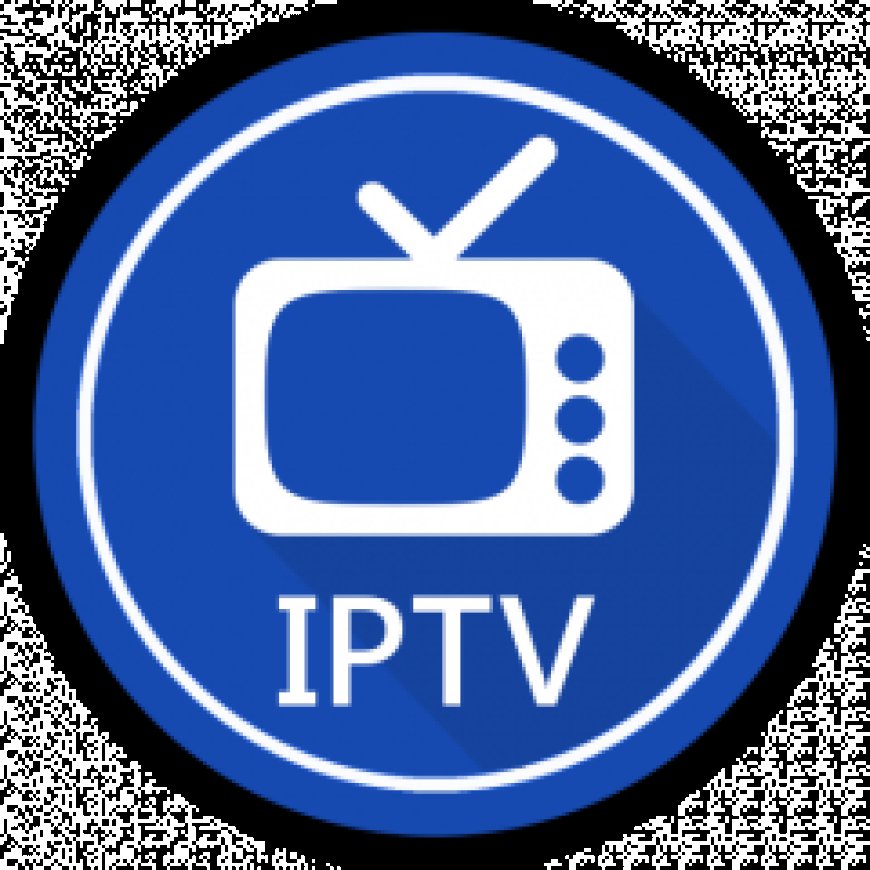What is Video on Demand (VOD) in IPTV?

Video on Demand (VOD) is a key feature in IPTV (Internet Protocol Television) that allows users to watch video content whenever they choose, without being restricted to a broadcast schedule. This capability has transformed the way people consume media, giving them greater control over what, when, and how they watch content.
In the Best IPTV ecosystem, VOD offers users access to a vast library of videos—movies, TV shows, documentaries, and other types of content—that can be streamed directly from the provider's servers over the internet.
How VOD Works in IPTV
In a traditional TV setup, viewers are limited by the broadcaster’s schedule, meaning they have to tune in at specific times to catch their desired programs. VOD, on the other hand, completely eliminates this limitation by allowing users to select and play content on-demand. The process works as follows:
-
Content Storage: IPTV service providers maintain a repository of content, which can include movies, series, and other media. These videos are stored on servers and are available to be streamed by users when requested.
-
Request: When a user selects a piece of content from the VOD library, a request is sent to the provider’s server. This is done via a user interface that is often part of an Electronic Program Guide (EPG) or an app that facilitates content browsing and selection.
-
Streaming: Once the request is processed, the server begins streaming the content to the user’s device. The video data is sent in real-time over the internet using various protocols like HTTP, ensuring that the user can start watching almost immediately.
Types of VOD Content
-
Movies and TV Shows: Many IPTV providers offer an extensive catalog of movies and TV shows, allowing users to watch them whenever they choose. This can include newly released films or classic shows, making it a popular choice for entertainment lovers.
-
Subscription VOD (SVOD): Some IPTV services use a subscription model, where users pay a monthly or yearly fee to access a library of content. Popular examples of this are streaming platforms like Netflix or Amazon Prime, which operate similarly in the IPTV realm.
-
Transactional VOD (TVOD): In this model, users can pay for individual pieces of content on a per-view basis. For instance, someone might rent or purchase a single movie without subscribing to the entire service.
-
Free VOD (FVOD): Some IPTV providers offer free access to a limited library of content, which may be supported by ads. This type of service is usually aimed at attracting new users or providing basic access to non-premium content.
Advantages of VOD in IPTV
-
Flexibility and Convenience: The most significant benefit of VOD is that it allows users to watch content whenever they like. Viewers are no longer tied to rigid schedules, offering unmatched flexibility and convenience.
-
Wide Variety of Content: VOD platforms often feature large libraries with content spanning different genres, languages, and types. Users can easily find movies, documentaries, series, or even niche content like educational programs.
-
Interactivity: VOD offers full control over the viewing experience. Viewers can pause, skip scenes, fast-forward, or rewind content, which is not possible in traditional linear TV broadcasting.
-
On-Demand Viewing: Unlike traditional broadcasting, where users must tune in at specific times, VOD allows viewers to access content exactly when they want it. This is especially useful for those with busy schedules or those in different time zones.
-
Cross-Device Accessibility: Most VOD services in IPTV are available across multiple devices, including smart TVs, smartphones, tablets, and computers.
Challenges of VOD in IPTV
-
Bandwidth Requirements: High-quality VOD streaming requires a stable and fast internet connection. Users with limited bandwidth may experience buffering, poor video quality, or interruptions during playback.
-
Storage and Delivery Costs for Providers: Maintaining a vast library of content, especially high-definition or 4K media, can be costly for IPTV providers. This includes both storage costs and the infrastructure needed to deliver high-quality streaming.
-
Content Licensing and Rights: Licensing agreements can be a challenge for IPTV providers, as they must obtain the rights to stream various films, TV shows, and other content. Additionally, licensing can vary by region, limiting the availability of certain content in different areas.
The Future of VOD in IPTV
The future of VOD in IPTV Services looks promising as more users shift from traditional broadcast TV to streaming services. With advancements in internet infrastructure, such as the rollout of 5G and fiber-optic networks, bandwidth limitations are becoming less of a concern, allowing for even higher-quality streaming, including 4K and 8K content.
Additionally, the rise of artificial intelligence (AI) and machine learning (ML) is enhancing personalization, allowing IPTV platforms to provide users with more tailored recommendations and a better overall experience. Integration of immersive technologies, such as virtual reality (VR) and augmented reality (AR), is also expected to enrich VOD services in the future.

 liliybeast
liliybeast